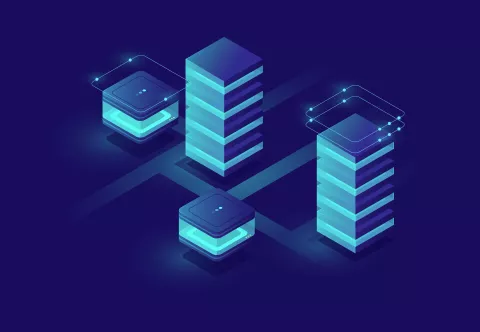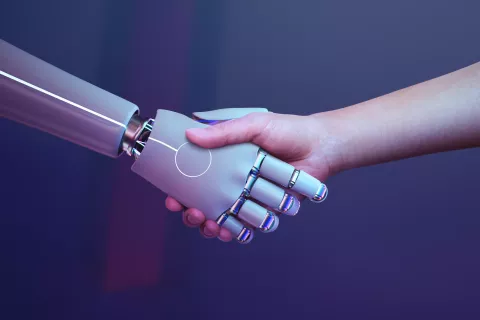As the publishing industry continues its digital transformation, one of the most important strategic choices media organizations face today is how to manage and distribute their content efficiently. The debate between headless CMS and traditional CMS platforms has become central to that decision — and understanding the difference is crucial for any publisher looking to stay agile and competitive.

What Is a Traditional CMS?
A traditional content management system (CMS), such as WordPress, Drupal, or Joomla, combines both the front-end (presentation layer) and back-end (content management layer) in one monolithic system.
That means the same platform handles:
- Content creation and storage
- Page design and rendering
- Delivery to users via websites
This approach worked perfectly when publishers primarily focused on desktop web content. Editors could log in, publish a story, and instantly see it appear online.
However, as new digital channels emerged — mobile apps, newsletters, smart TVs, voice assistants, and social media — traditional CMS systems started to show limitations.
What Is a Headless CMS?
A headless CMS decouples the back-end content repository (the “body”) from the front-end presentation layer (the “head”). Instead of rendering pages directly, it delivers content via APIs to any platform or device.
In other words, a headless CMS doesn’t decide how or where content is displayed — it simply provides structured data that can be delivered anywhere.
For publishers, this opens up a world of flexibility and speed.
Key Differences Between Traditional and Headless CMS
Feature
Traditional CMS
Headless CMS
Architecture
Monolithic
Decoupled (API-based)
Front-end Control
Fixed templates and themes
Full flexibility via APIs
Omnichannel Publishing
Limited
Built for multi-platform delivery
Performance & Scalability
Can become slow under heavy traffic
Highly scalable and modular
Developer Involvement
Minimal for standard sites
Higher — developers build custom front-ends
Content Reuse
Harder to reuse across channels
Easily reusable and structured
Speed of Innovation
Slower due to coupled layers
Faster — independent updates for front-end and back-end
Benefits of Headless CMS for Publishers
- Omnichannel Distribution
Publish once, distribute everywhere. Headless CMS platforms enable publishers to push content seamlessly to websites, apps, newsletters, and emerging media platforms — all from one source. - Faster Performance and Scalability
Because front-end rendering is handled separately, publishers can deliver lightweight, optimized experiences tailored to each channel without overloading the CMS. - Future-Proof Flexibility
As new platforms emerge, publishers don’t need to rebuild their CMS — they can integrate with new channels simply by connecting to the existing API. - Better Developer Experience
Developers can use modern frameworks like Next.js, React, or Vue to design high-performance front-ends while maintaining full creative freedom. - Enhanced Security
Decoupling reduces exposure — the CMS isn’t directly connected to the public-facing website, minimizing vulnerabilities. - Improved Collaboration
Editors, marketers, and developers can work in parallel. While editorial teams focus on content creation, developers build new delivery channels without disrupting the workflow.
When a Traditional CMS Still Makes Sense
Not every publisher needs to go headless. Traditional CMS solutions can still be ideal when:
- The publication focuses solely on a single website.
- The team lacks in-house developers or technical resources.
- Simplicity and speed of setup outweigh the need for flexibility.
For smaller newsrooms or blogs, the all-in-one nature of traditional CMS remains efficient and cost-effective.
The Hybrid Approach
Many modern solutions now offer a hybrid CMS model — blending traditional publishing tools with API-driven flexibility. This gives publishers the best of both worlds: intuitive editing experiences with the scalability and reach of a headless system.
Final Thoughts
In 2025, the publishing landscape is no longer limited to websites — it’s a multi-channel ecosystem where audiences consume stories across platforms and formats.
For forward-thinking publishers, adopting a headless CMS is less about chasing trends and more about future-proofing content infrastructure. It offers the agility, speed, and control needed to deliver consistent, engaging storytelling anywhere your readers are.
Traditional CMS platforms laid the foundation for digital publishing — but headless CMS is shaping its future.


